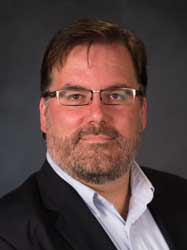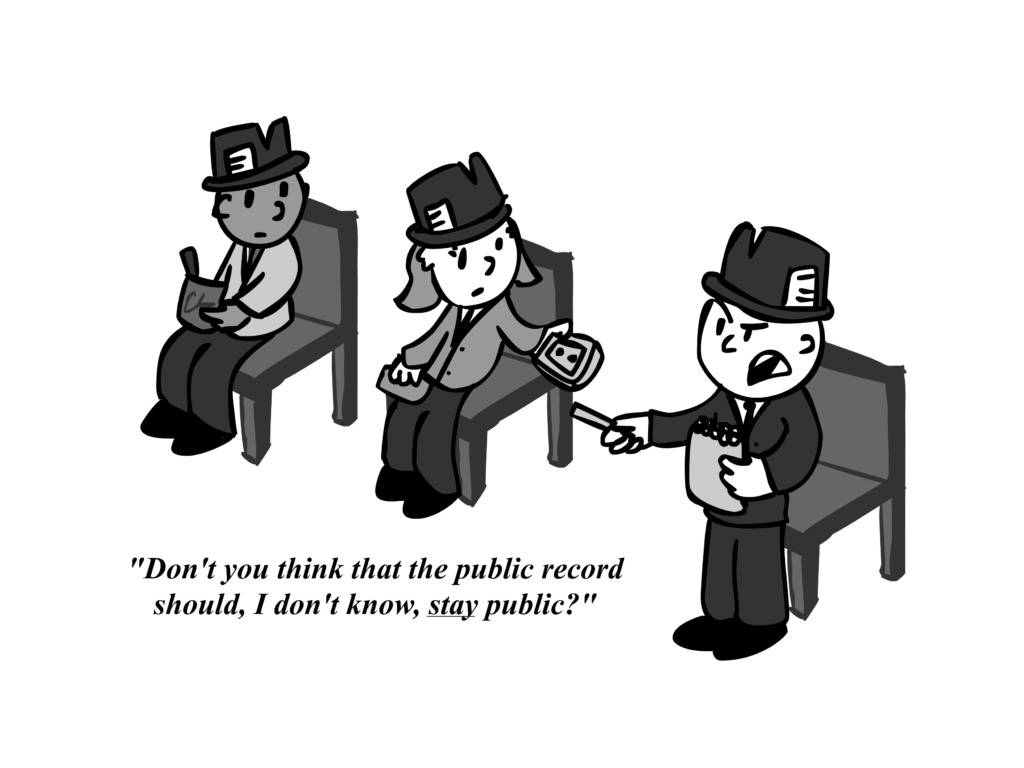Column by John Muenzberg, lecturer of philosophy
Recently, people began to discuss the appearance of fake news reports. These reports are not just partisan news coverage nor simply mistakes. They are intended to deceive people. As the number of sensationalist news ads sprung up on Facebook, investigators discovered many of the stories were created by teenagers in Macedonia for the purpose of driving traffic to their websites so they could earn money from ads.
Whether these stories affected the election outcome may never be known. Even if the story was shared a million times, it does not mean that it changed people’s minds.
The lack of data on their effectiveness on the 2016 election should not diminish the concern about the potential for this strategy. Traditional safeguards such as U.S. libel laws are ineffective with the World Wide Web. Germany has passed a law to fine the propagator of fake news, e.g., Facebook, in addition to the originator, since the originator may not live in the country. Facebook has since announced a method to identify these fake stories.
One might ask how we can teach people to recognize which stories are fake. The answer is not a single skill but the host of skills that we call critical thinking. The fact is Murray State professors are already teaching you to identify problematic sources such as fake news stories.
The fake news from the election were made-up stories that were invented to deceive people in order to generate ad revenue. This is different from both satire and falsehoods. Fake news is intentionally false. It is a lie and distinct from a mistake. Satire, such as The Onion, is fictional, but the intention is to generate entertainment because we know the story is false; the absurdity makes it funny.
Other falsehoods, such as journalistic errors, are not intended to deceive. Journalists make mistakes, but reputable organizations change stories or offer retractions. Publications that do not admit to mistakes, especially when there is clear evidence to the contrary, demonstrate deception, rather than a mistake.
The methods of determining accurate stories from inaccurate should be known to all Murray State students because they are taught in your classes, especially in the humanities and liberal arts classes. First, think critically about the argument presented. Ask if the story as presented is the most likely explanation. When examining historical evidence, one should not jump to the most sensational story or overlook holes in the theory. When examining scientific data, one should not assume that the data only supports your hypothesis but should ask if other hypotheses can also account for the data.
When doing research, professors ask you to evaluate the sources that you use. In academics, we focus on academic sources because their goal is to be truthful, not deceiving. Nonacademic sources also meet this criteria, but we must determine if the source we are using shares this goal. Reputable sources are known for only publishing information that they can verify with multiple or dependable sources. The publications do make mistakes, but they do not intend to deceive.
Related to evaluating sources is properly citing sources. You should cite your sources not just to exonerate yourself of plagiarism but also to prove that your information is from reputable sources. While it can seem pedantic for your professor to focus on citation formats, the goal is to free you from other people’s deceptions.
Many people are concerned about learning how to evaluate fake news, but universities are already teaching these skills. It is part of a well-rounded education and is a core competency of the University Studies program. Some people argue that we need to not just teach facts but also teach students how to think. The response is that we are already doing that.































































































